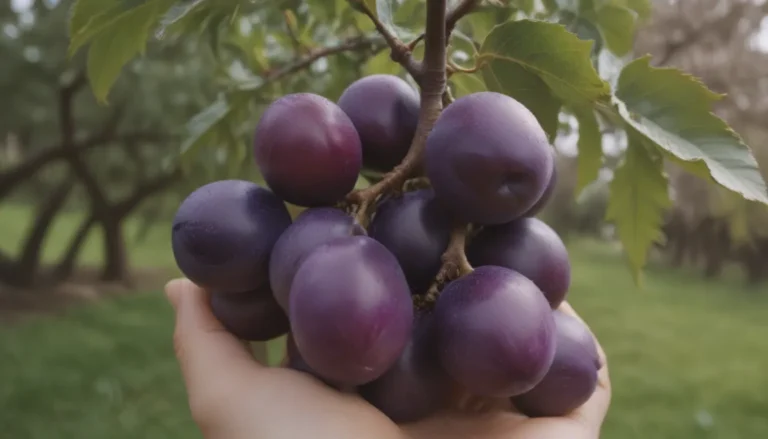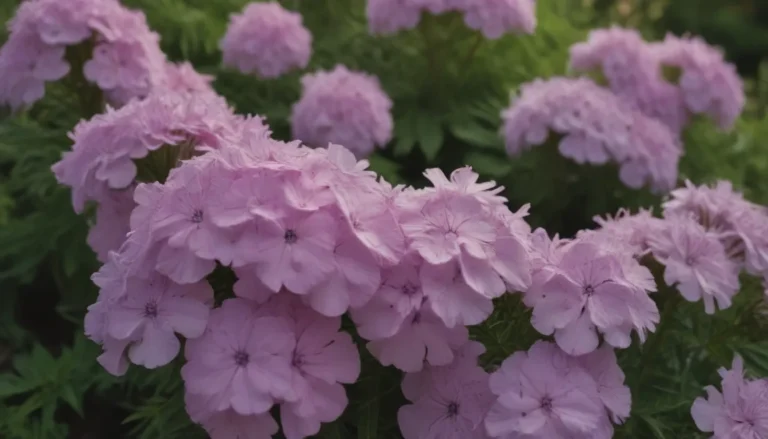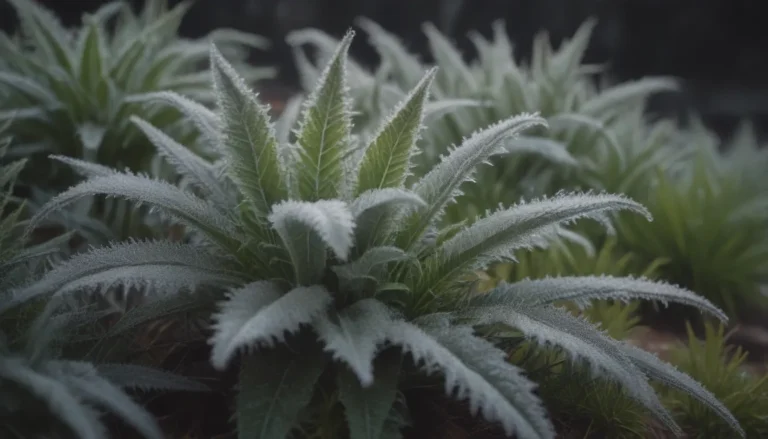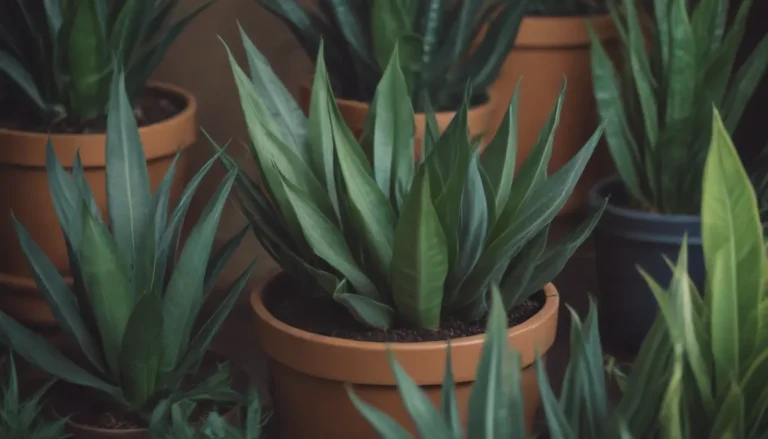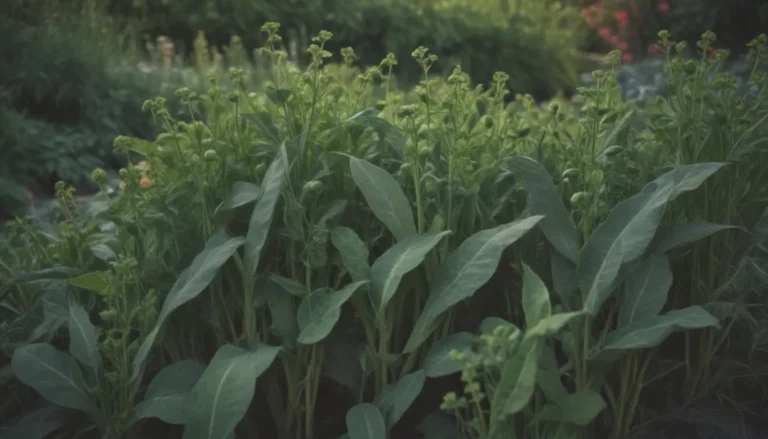The Ultimate Guide to Growing and Caring for Fire Lily Plants
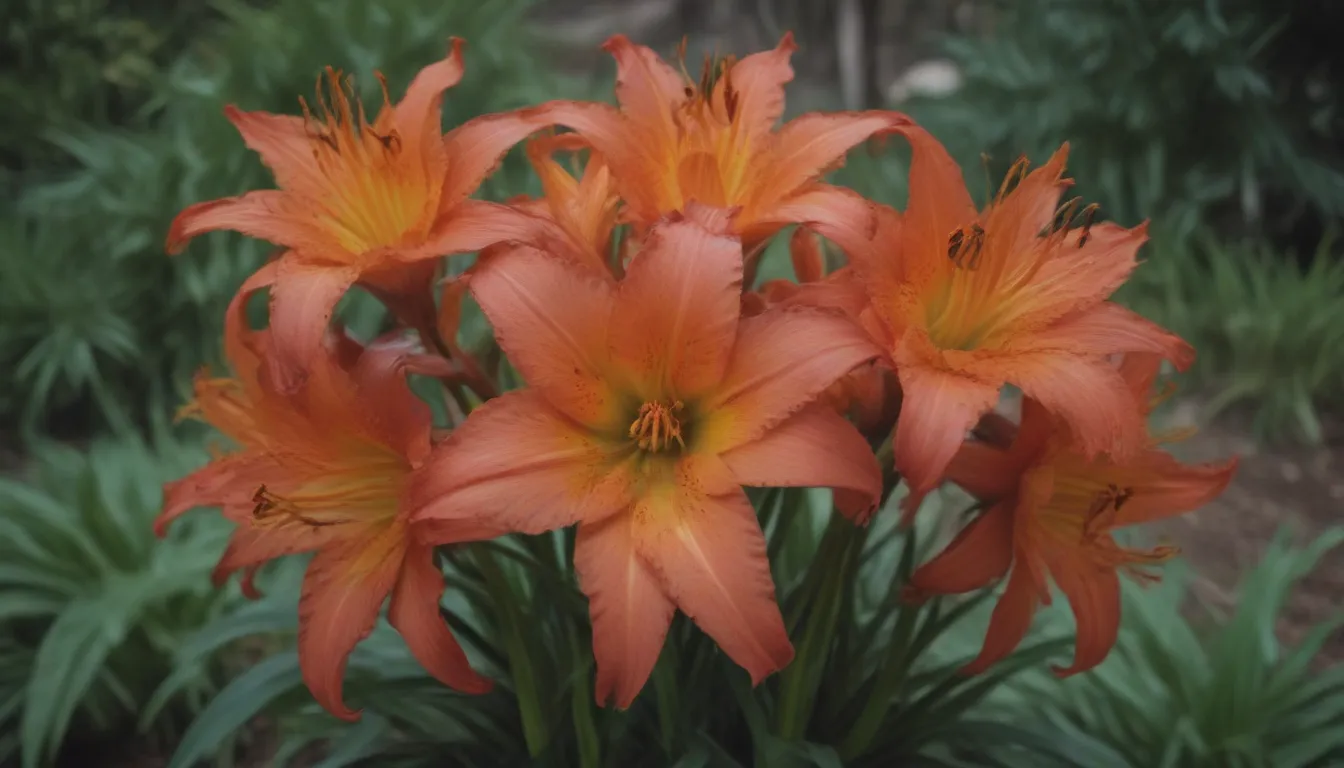
Welcome to the ultimate guide on how to grow and care for the stunning fire lily plant, also known as Clivia. In this comprehensive article, we will delve into all aspects of fire lily care, from light and soil requirements to pruning and propagation tips. Whether you’re a seasoned plant parent looking to expand your collection or a beginner eager to try your hand at growing these exotic beauties, this guide has got you covered.
Introducing the Fire Lily (Clivia)
The fire lily, scientifically known as Clivia miniata, is a tropical perennial native to South Africa. Its vibrant blooms make it a popular choice for both indoor houseplants and outdoor landscape plants. In USDA hardiness zones 10 to 11, fire lilies are often mass-planted in large drifts, similar to daylilies. While they are relatively easy to grow, it’s important to note that fire lilies are toxic to humans and pets, so it’s essential to handle them with care.
Fire Lily Care Guide
Here are the main care requirements for growing a fire lily:
- Light: Fire lilies thrive in partially shady conditions, making them ideal houseplants. Indoors, place your plant in a bright window, while outdoor plants should be placed in spots with dappled sunlight or morning sun.
- Soil: Good drainage is crucial for a healthy fire lily. Use a chunky soil mix with shredded bark or a sandy cactus mix for container-grown plants.
- Water: Fire lilies require moderate amounts of water. Allow the soil to dry between waterings, and reduce watering during the early winter dormancy period.
- Temperature and Humidity: Average room temperatures and low humidity are ideal for fire lilies. A cool dormancy period in November and December enhances flowering.
Overwintering Tips
If you’re moving your fire lilies between indoor and outdoor locations, it’s best to acclimate them slowly to temperature changes. Bring them indoors before the first fall frost to protect them from cold temperatures.
Types of Fire Lily Varieties
Fire lilies come in various colors, with orange being the most common. Yellow, cream, and pink varieties are also available, though they are rarer and more expensive. Popular fire lily varieties include ‘Doris,’ ‘Belgian Hybrid,’ ‘Shademaster,’ ‘Solomone Yellow,’ ‘Tiny Tim,’ and ‘Vico Yellow.’
Pruning and Propagating Fire Lily Plants
- Pruning: Fire lilies rarely require pruning. If desired, remove dead foliage to keep the plant tidy.
- Propagating: Divide fire lilies in spring or summer to propagate them. Detach offsets at the base of the plant and plant them in separate pots for new growth.
Growing Fire Lilies From Seed
While growing fire lilies from seed is possible, it is not the most recommended method of propagation. It may take several years for seed-grown plants to bloom, and the resulting plants may not be true to the parent variety.
Potting and Repotting Tips
Fire lilies can thrive in containers for years, even if the pot is smaller than the plant size. Use a porous terra-cotta pot to promote air circulation around the roots. Avoid placing a saucer under the pot to prevent waterlogging, and repot as needed to maintain good soil aeration.
The Art of Overwintering Fire Lilies
Houseplants require a rest period during the fall and winter, lasting two to three months. Adjust temperatures to 35-55 degrees F for five weeks, then water sparsely for six to eight weeks before increasing watering as new flower stalks emerge.
Dealing With Common Pests
Fire lilies can be prone to mealybug infestations. Use a spray of water or insecticidal soap to dislodge and control these pests, which can hide in the plant’s crown and affect its health.
Encouraging Bloom in Fire Lily Plants
- Bloom Months: Fire lilies typically bloom in March or April, with young plants possibly blooming later in early summer.
- Blooming Duration: The bloom period lasts for a few weeks, with dense clusters of flowers crowning thick stems.
- Encouraging More Blooms: Adequate light and proper winter chill are key to getting fire lilies to bloom. Avoid over-fertilizing, as it will not promote additional blooms.
- Post-Bloom Care: After blooming, follow fertilization tips to replenish nutrients in the plant and prevent seed formation, which can drain energy.
Fun Facts About Fire Lilies
- Clivia and amaryllis are related plants, both hailing from South Africa.
- Amaryllis blooms earlier and has larger flowers than clivia.
- Fire lilies can live for several decades in the right conditions, rewarding patient growers with long-lasting blooms.
Conclusion
In conclusion, growing and caring for fire lilies is a rewarding experience that can bring vibrant color and beauty to your home or garden. By following the tips and guidelines outlined in this comprehensive guide, you can ensure that your fire lilies thrive and bloom for years to come. Remember to handle these stunning plants with care due to their toxic nature, and enjoy the beauty they bring to your indoor or outdoor space.
For more information on fire lilies and plant care, check out resources from the ASPCA, University of Wisconsin-Madison, and Longwood Gardens. Happy gardening!
